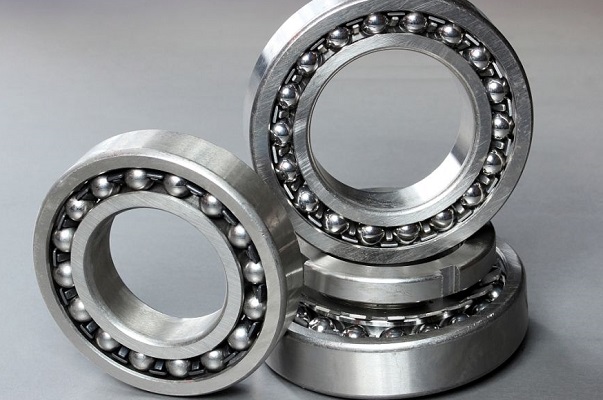Bearing quality discrimination
To identify the quality of equipment bearings, we usually proceed from the following aspects:
Whether the outer packaging is clear
Under normal circumstances, the brands produced by regular manufacturers have their own special designers to design the external packaging, and arrange the factories with production conditions to make production. Therefore, the packaging of the products should be very clear from the line to the color block and unambiguous.
Whether the steel printing is clear
Each bearing product will have its brand name, label, etc. printed on the bearing product body. Although the font is very small, the products produced by regular manufacturers are printed with steel stamping technology, and they are embossed before heat treatment. Therefore, although the font is small, it is deep and very clear. In general, the fonts of counterfeit products are not only fuzzy, but because of the rough printing technology, the fonts float on the surface, and some can even be easily erased by hand or the hand marks are serious.
Is there any noise
Hold the bearing inner sleeve with your left hand, and rotate the outer sleeve slightly with your right hand to make it rotate, listening for noise when the bearing is running. Due to the backward production conditions of most counterfeit products and completely manual workshop operation, impurities such as dust and sand will inevitably be mixed into the bearing body during the production process, so there will be noise or unsmooth operation when the bearing rotates . This is the key to judging whether the product is from a manufacturer’s brand product with strict production standards and machine operation.
Bearing Surface
Whether there are muddy oil marks on the surface requires us to pay special attention when purchasing imported bearings. Because there is still a certain gap between the domestic anti-rust technology and the foreign advanced manufacturing countries, it is easy to leave thick oil marks when the anti-rust treatment is performed on the bearing body, and it feels sticky and thick when it is touched by hand, and the foreign original There are almost no traces of anti-rust oil on the imported bearings. According to industry insiders, particularly careful people can smell a special smell on imported bearings, which is the smell of anti-rust oil.
Is the chamfer uniform
The so-called chamfering of the bearing is the intersection of the horizontal and vertical surfaces. Due to the production technology limitations, counterfeit bearing products are not handled satisfactorily at these corners and corners. This can be easily identified.
Bearing Packaging
Bearing packaging is divided into inner packaging and outer packaging
After the bearing is manufactured and passed the inspection, it is cleaned and rust-proofed, and then placed in the inner packaging to achieve waterproof, moisture-proof, dust-proof, impact-proof, maintain the quality and precision of the bearing, and facilitate the use and sales. .
Bearing inner packaging is divided into three categories according to the rust prevention period:
1.Short anti-rust period packaging: anti-rust period is 3 to 6 months, suitable for bearings that are shipped to the same subscriber in large quantities and will be put into use in a short time. After the agreement between the two parties, the principle of convenience is to use simple packaging.
2.General anti-rust packaging: anti-rust period of one year, suitable for general-purpose bearings.
3. Long anti-rust packaging: anti-rust period of two years, suitable for special and precision bearings.
Bearing inner packaging materials include polyethylene plastic tube (box), kraft paper, plain and wrinkled polyethylene composite paper, paper box, polyethylene or polyethylene plastic film, nylon fastening tape or plastic weaving fastening tape, waterproof high-strength plastic tape , Burlap bags, etc. The above materials are required to ensure that the corrosion resistance test of the materials is qualified.







